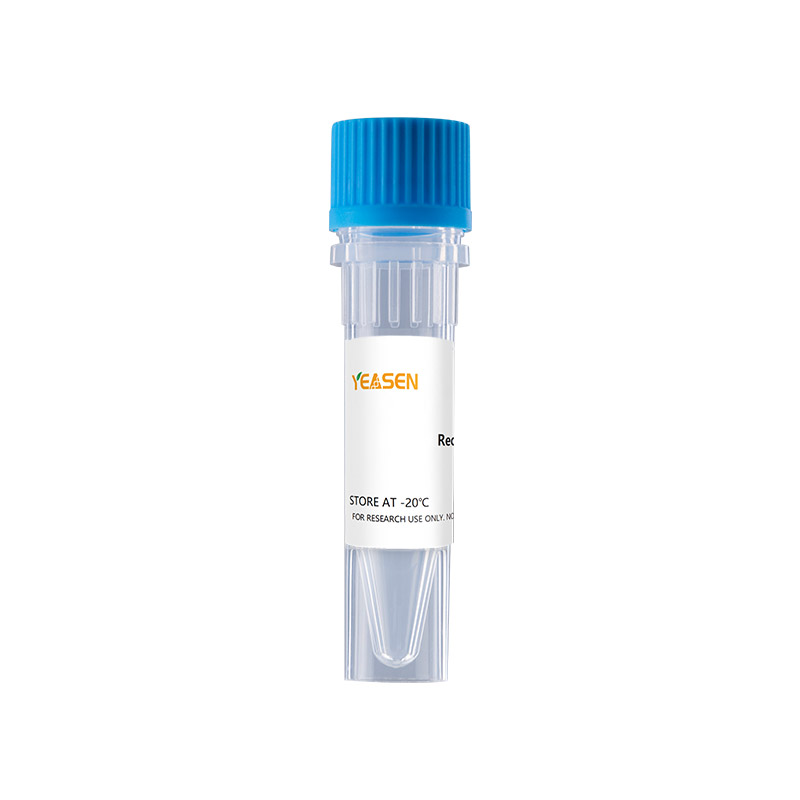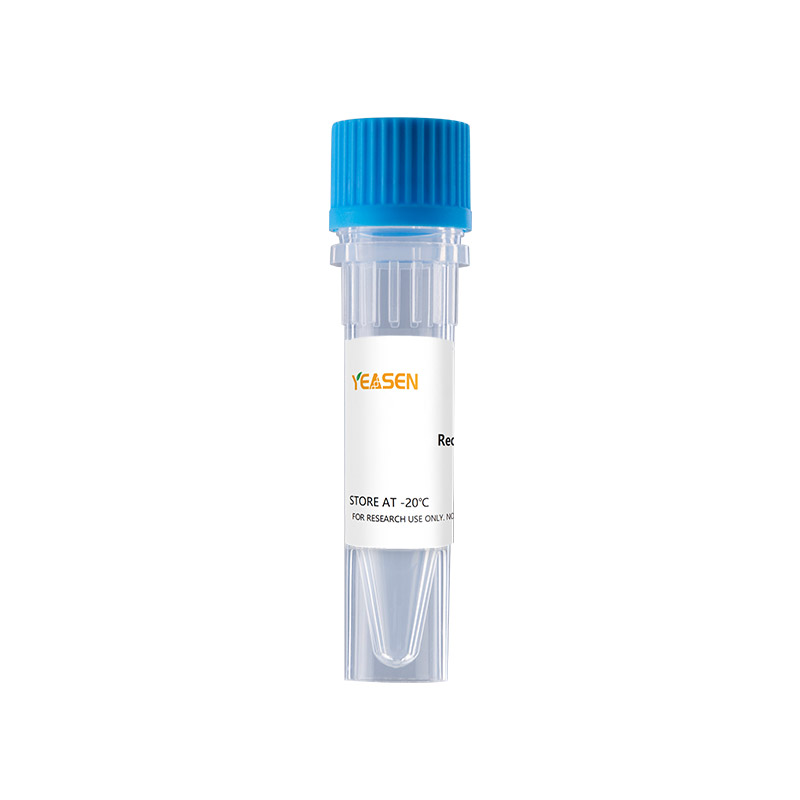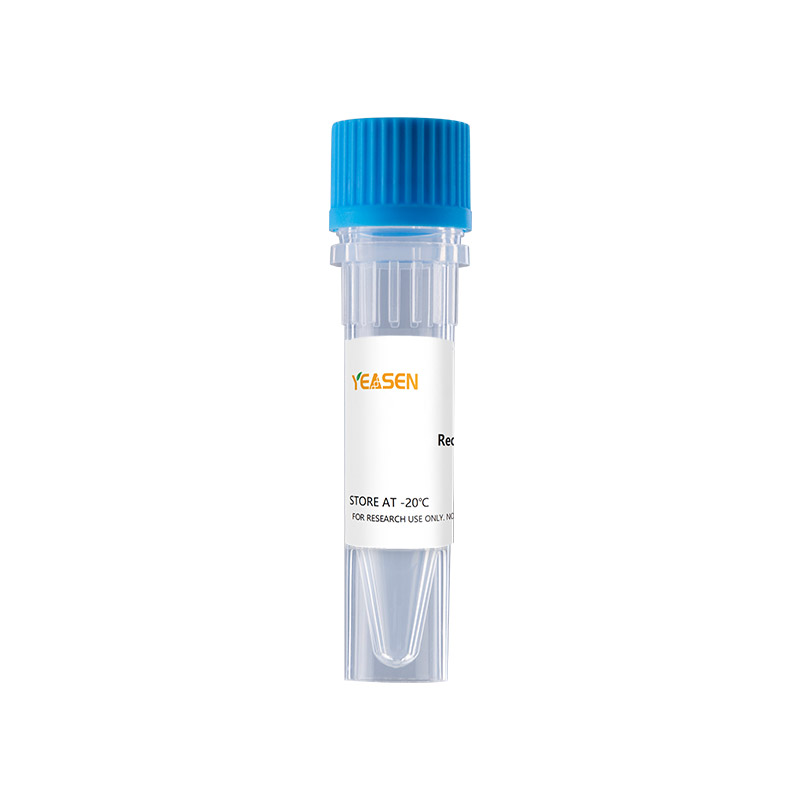TNF receptor 1 (TNF RI; also called TNF R-p55/p60 and TNFRSF1A) is a 55 kDa type I transmembrane protein member of the TNF receptor superfamily, designated TNFRSF1A. Mouse TNF RI is a 454 amino acid (aa) protein that contains a 21 aa signal sequence, a 191 aa extracellular domain (ECD) with a PLAD (pre-ligand assembly domain) that mediates constitutive dimer/trimer formation, followed by four CRD (cysteine-rich domains), a 23 aa transmembrane domain, and a 219 aa cytoplasmic sequence that contains a neutral sphingomyelinase activation domain and a death domain. The ECD of mouse TNF RI shares 70%, 88%, 67%, 70% and 64% aa sequence identity with human, rat, canine, feline and porcine TNF RI, respectively. Both TNF RI and TNF RII (TNFRSF1B) are widely expressed and contain four TNF-alpha trimer-binding CRD in their ECD. However, TNF RI is thought to mediate most of the cellular effects of TNF-alpha. It is essential for proper development of lymph node germinal centers and Peyer’s patches, and for combating intracellular pathogens such as Listeria. TNF RI is also a receptor for TNF-beta /TNFSF1B (lymphotoxin-alpha ). TNF RI is stored in the Golgi and translocates to the cell surface following pro-inflammatory stimuli. TNF-alpha stabilizes TNF RI and induces its sequestering in lipid rafts, where it activates NF kappa B and is cleaved by ADAM-17/TACE. Release of the 28-34 kDa TNF RI ECD also occurs constitutively and in response to products of pathogens such as LPS, CpG DNA or S. aureus protein A. Full-length TNF RI may also be released in exosome-like vesicles. Release helps to resolve inflammatory reactions, since it down-regulates cell surface TNF RI and provides soluble TNF RI to bind TNF-alpha. Exclusion from lipid rafts causes endocytosis of TNF RI complexes and induces apoptosis. Mutations of human TNF R1 can result in inflammatory episodes known as TRAPS (TNFR-associated periodic syndrome).
高纯度、高活性、低内毒素、高批间一致性
-25 ~ -15℃保存,收到货之后有效期1年。 复溶后,无菌条件下,2~8℃保存,7天有效期。复溶后, 无菌条件下,-85 ~ -65℃保存,3个月有效期。



